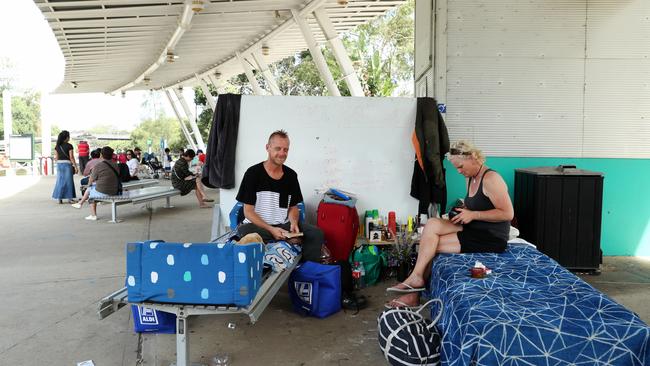Homelessness in parts of Western Sydney has jumped by 80 per cent
A rental affordability crisis has been blamed for homelessness in Western Sydney, which is growing at a faster rate than in the CBD. The numbers sleeping rough in the west has grown by more than 80 per cent in one area. HERE ARE THE REGIONS WORST HIT.
Homelessness in Western Sydney is growing at a faster rate than in the CBD as experts fear the rising cost of living is turning rough sleeping into an increasingly suburban problem.
New analysis of census data reveals that between 2011 and 2016 homelessness in Western Sydney jumped 67 per cent.
Across the region there were 5850 people without a roof over their head.
In Canterbury-Bankstown alone the number of homeless people jumped 86 per cent to 2582, while in Fairfield the figure jumped 61 per cent to 2226.
Over the same period homelessness in the CBD grew 51 per cent.
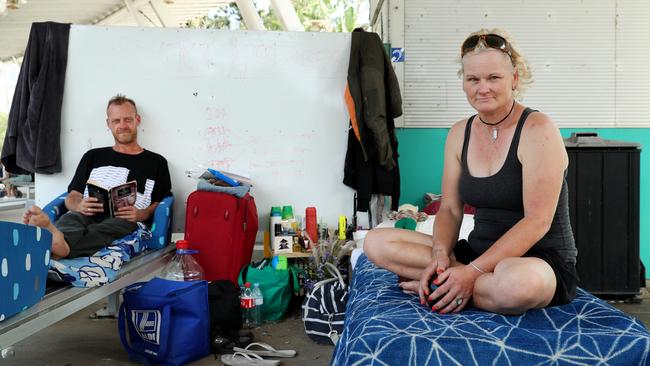
MORE NEWS
Balaclava bandits tackled after public shooting
Man charged after sending ‘graphic nudes’ to ex
Investors have ‘no idea’ where gym founder is
Experts are blaming the rising number of homeless people in the suburbs on rental affordability, with new data compiled by UNSW for the Everybody’s Home campaign revealing four of the five electorates under the most rental stress in Australia are in Western Sydney.

The electorate of Fowler in southwestern Sydney topped the list with 44 per cent of the 18,612 renting households struggling to pay their bills.
Everybody’s Home campaign spokeswoman Kate Colvin said Western Sydney had a disproportionate share of Sydney’s population growth, which has helped drive up demand for rental properties.
“The data shows that housing affordability is not just an inner-city phenomenon experienced by Millennials.
“In fact, the traditionally affordable areas of Western Sydney, regional NSW and southeast Queensland have more renters doing it tough than anywhere else in the country,” Ms Colvin said.
“Rental stress looks at the actual wages people are earning and the rent they are having to pay to keep a roof over their head.
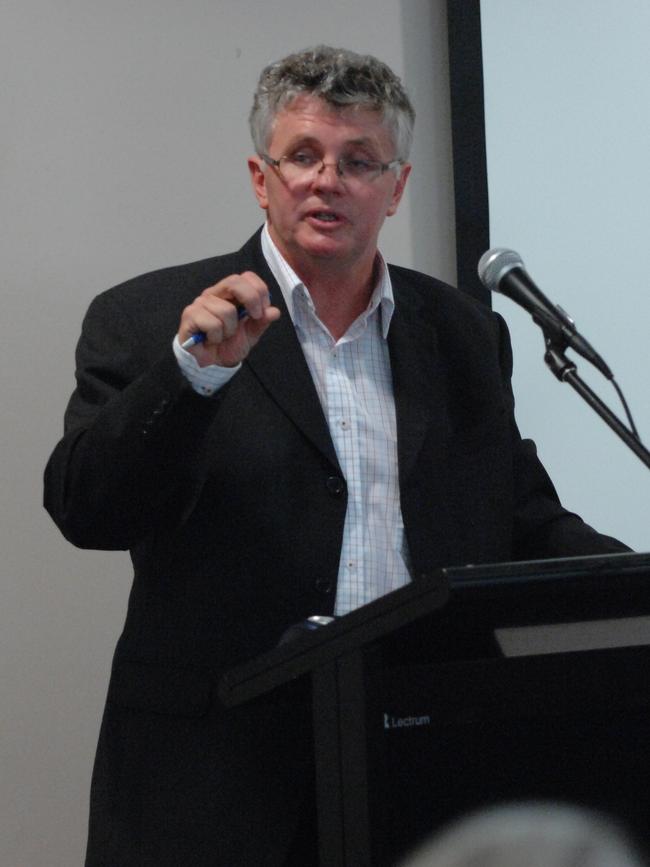
“It means a growing number of working families are being stretched to the limits of what they can pay for rents and are often doing without meals and other essential items.”
Everybody’s Home is a coalition of more than 100 non-government housing providers who are campaigning in the lead-up to the state and federal elections.
Homelessness NSW acting chief executive Digby Hughes said the increase of homelessness in Western Sydney showed there needed to be action on housing affordability across the state.
“The largest factor is the lack of affordable housing, the increasing private rental cost.
“We know that so many people are paying far more than 30 per cent of their income on rent and that is unsustainable in the long term,” Mr Hughes said.
“It’s also a lack of security in the rental market. We’d like to see no-fault evictions banned.”
RELATED NEWS
Women without savings most at risk of homelessness
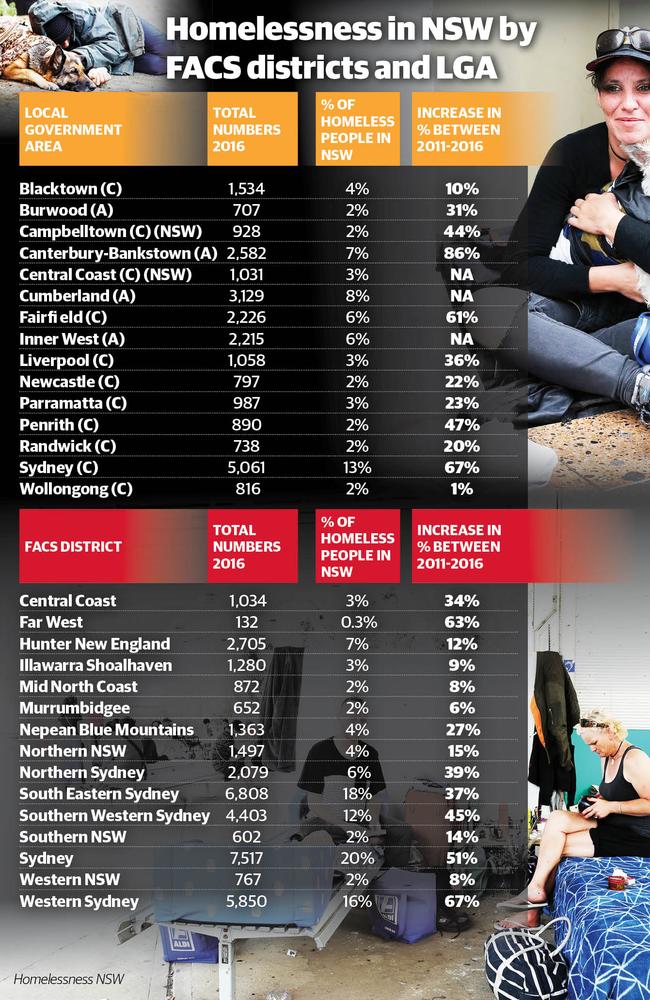
Parramatta Mission manager Angela Daynes said high rental prices meant someone could end up homeless after a divorce or losing their job.
“The Western Sydney market is completely unaffordable for a single person and what we’re finding is that … (if someone) gets into financial distress or if they’ve become unwell or have a family breakdown they’ve got little or no options,” Ms Daynes said. She said she was seeing more women in particular who were needing help including those escaping domestic violence.
“Women are really good at hiding homelessness in general by sleeping in cars, using what money they have for hotel rooms, but what we’re seeing is more women also sleeping rough,” she said.
“A lot of our referrals are coming from hospitals. They’re actually ending up unwell physically and mentally and going into hospital.”
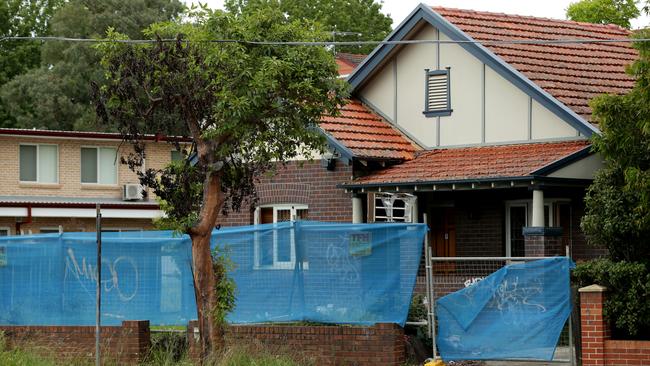
Western Sydney Leadership Dialogue executive director Adam Leto agreed the rate of family violence in the area had impacted the rate of homelessness
A recent report by the organisation revealed 59 per cent of all domestic violence cases in Sydney are in Greater Western Sydney.
“Preventive strategies, particularly those that target vulnerable groups such as our indigenous and migrant communities, young people, and increasingly, older women, need to be developed in collaboration with the homelessness sector,” Mr Leto said.
Charities say that while Christmas was a popular time for volunteering, not-for-profits supporting homeless people were looking for volunteers all year round.
Parramatta Mission’s women’s services are funded solely on donations.
Parramatta Mission provides meals, accommodation and other support services in Western Sydney.
Go to parramattamission.org.au for help.
KATHRYN, 30, LIVES IN A CAR
After spending months sleeping in her car, Kathryn says her entire body aches.
The mum, 30, said she “never ever in a million years imagined” she would end up on the streets but became homeless last year after she was unable to find a rental property.
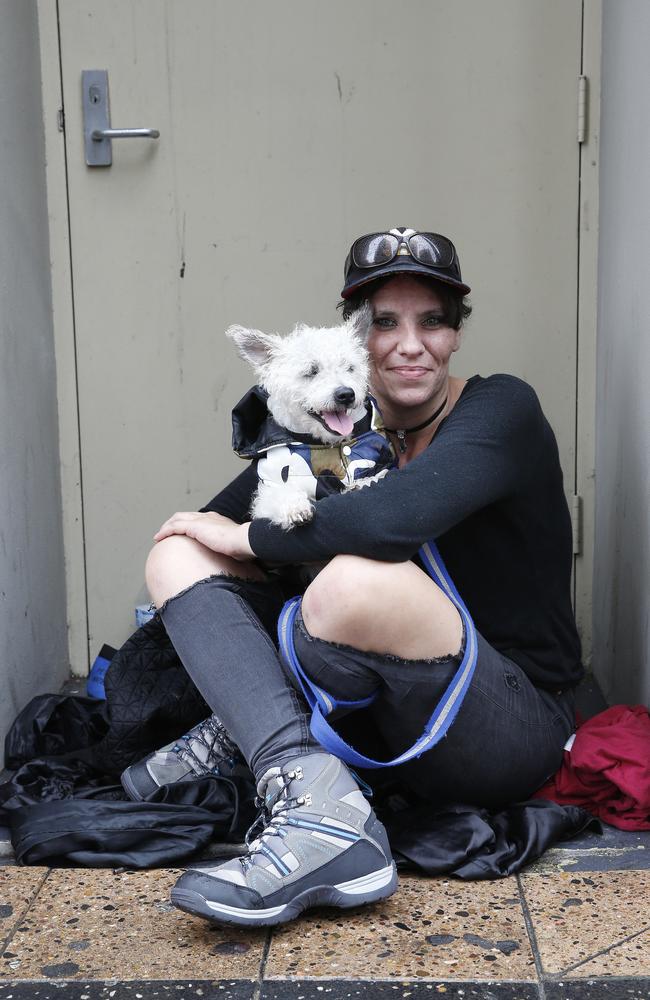
She had been living in a motel with her daughter, 13, but moved out after she felt the place was unsafe. She lives in her car in Parramatta.
“I didn’t feel safe anymore, so I called my parents and asked them to take my daughter,” she said.
‘WE’RE NOT BAD PEOPLE’
Jason Bannister wants you to know homeless people aren’t bad people, they’re just in bad situations.
The 40-year-old has been living on the streets for about two years but had previously worked as a train operator before having an anxiety attack.
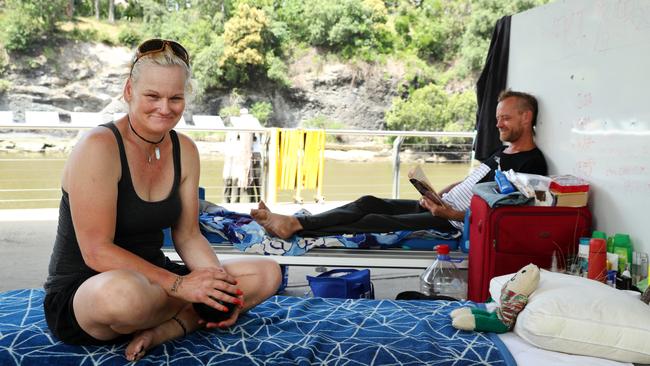
He has been living on Parramatta Wharf for about a month where he has made a makeshift bed.
“I’ve been spat on by a couple of people,” he said. “We’re not all criminals, we’re not all bad people, we’re just in bad situations.”
‘I TRY TO LOOK LESS FEMININE’
After five years on the streets, Tracey Darwin has learnt she can’t wear too much make-up or she’ll get hassled.
The 48-year-old first became homeless about five years ago after leaving a violent relationship.
After having belongings continually stolen from her, including her underwear, she has learnt “looking less feminine” will mean she’s more likely to get left alone.
